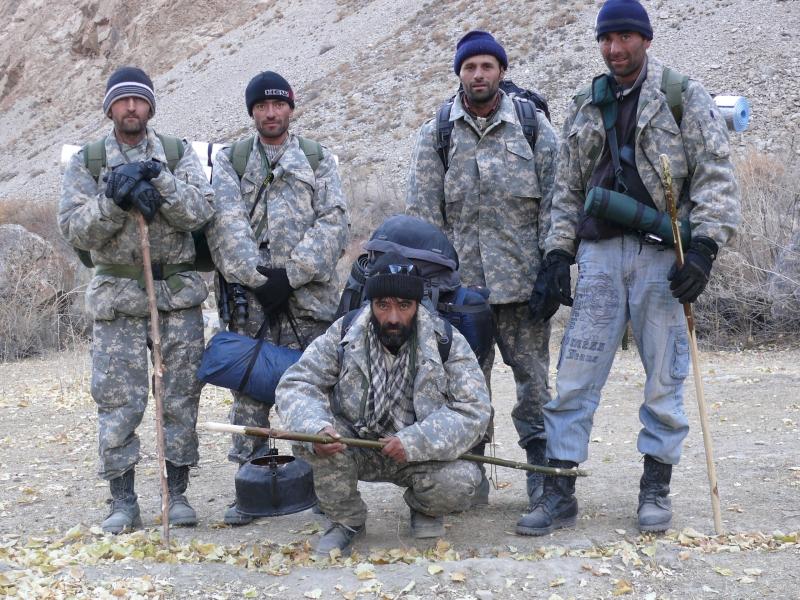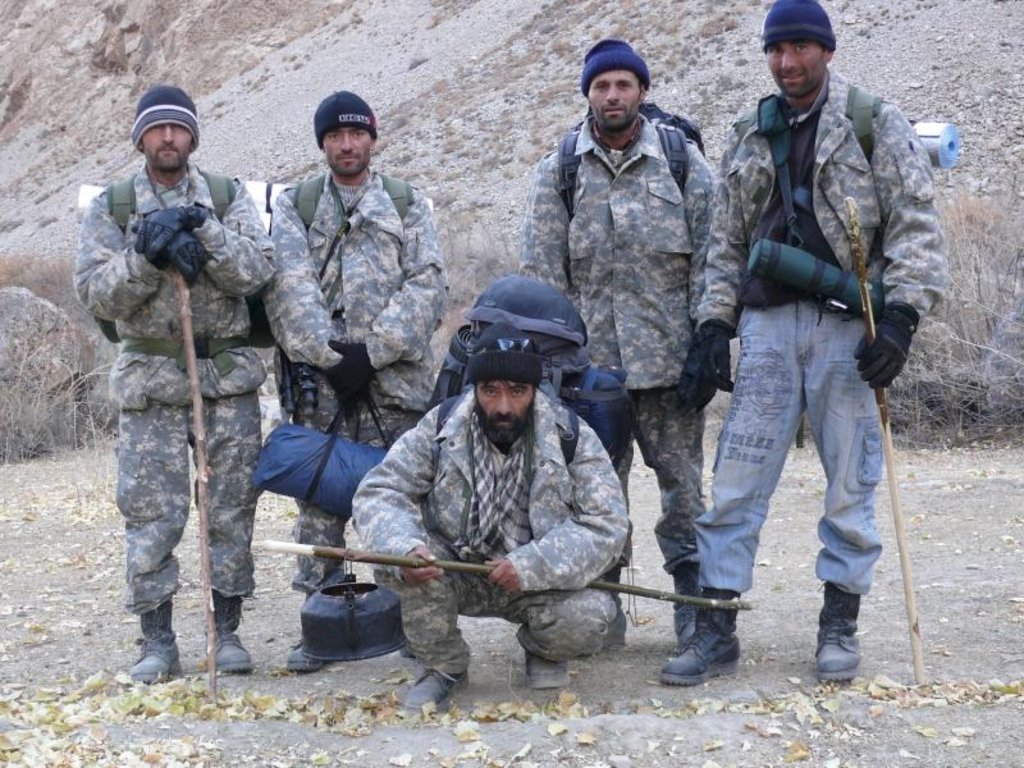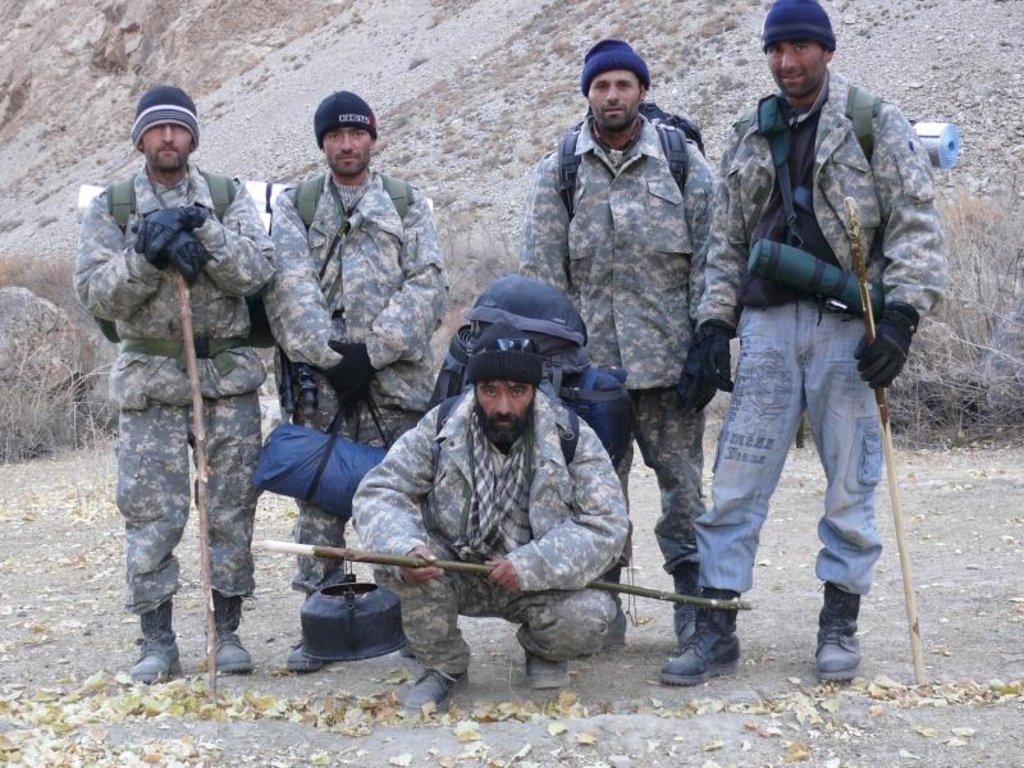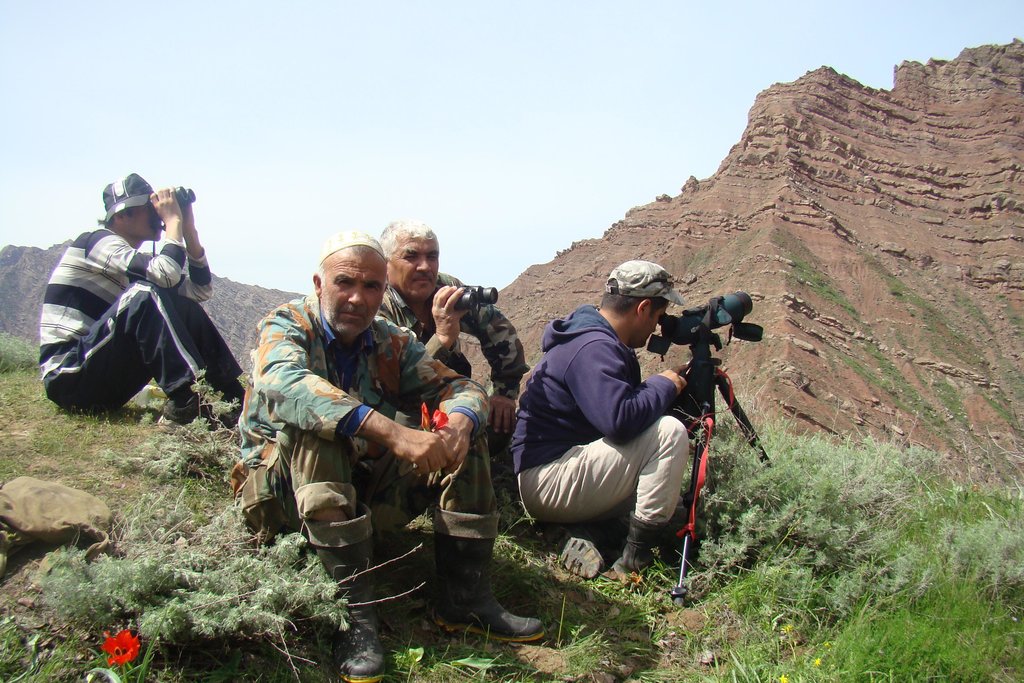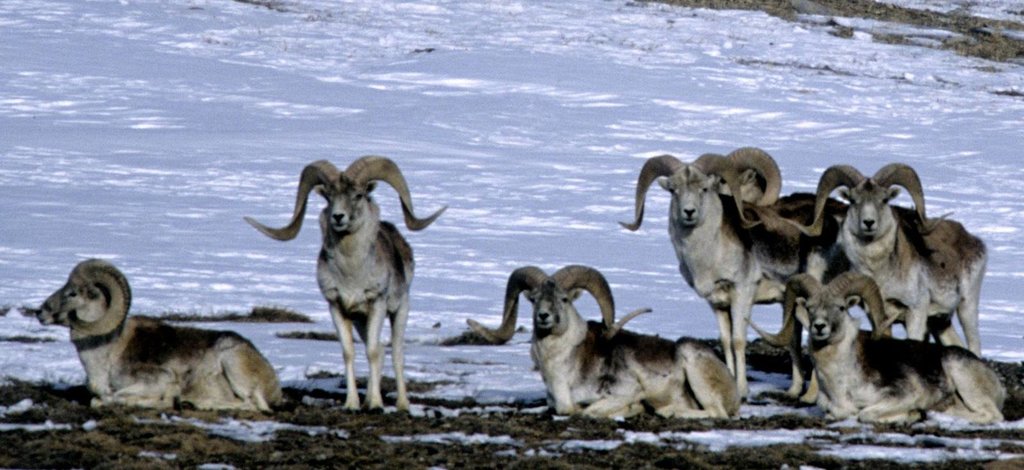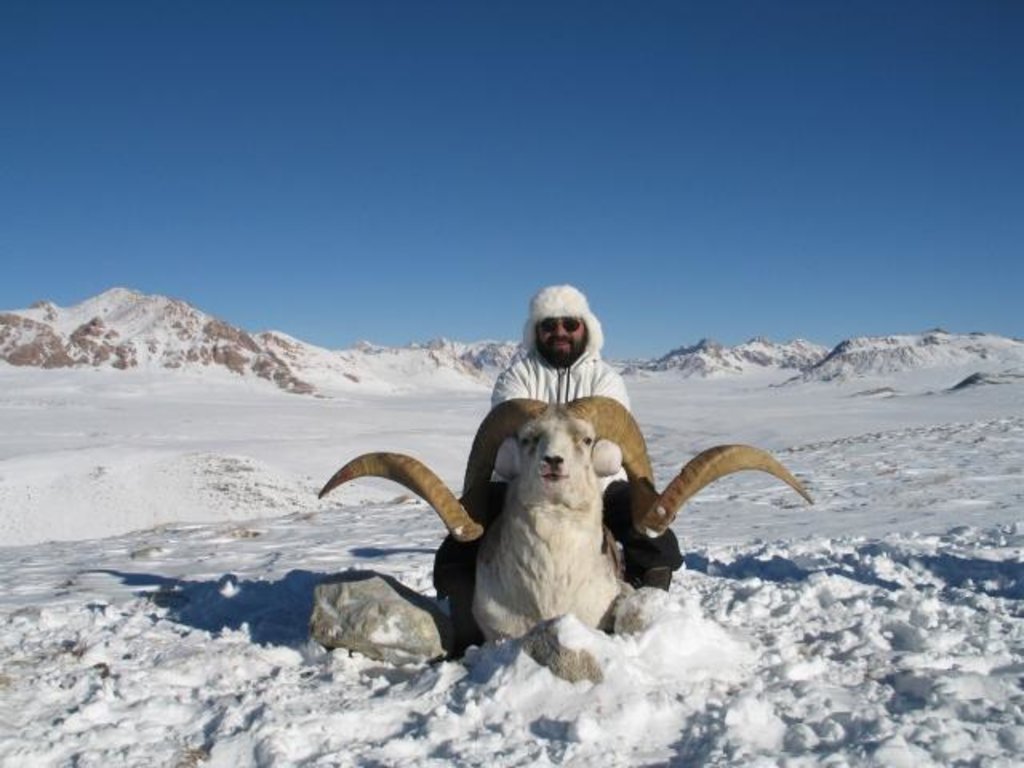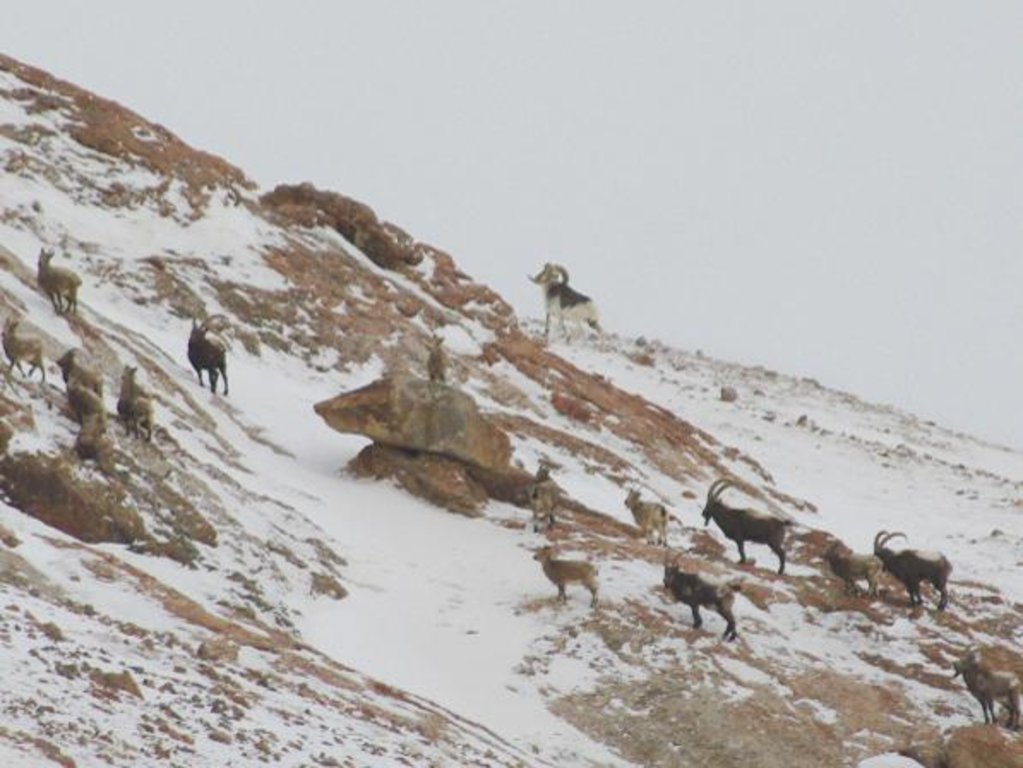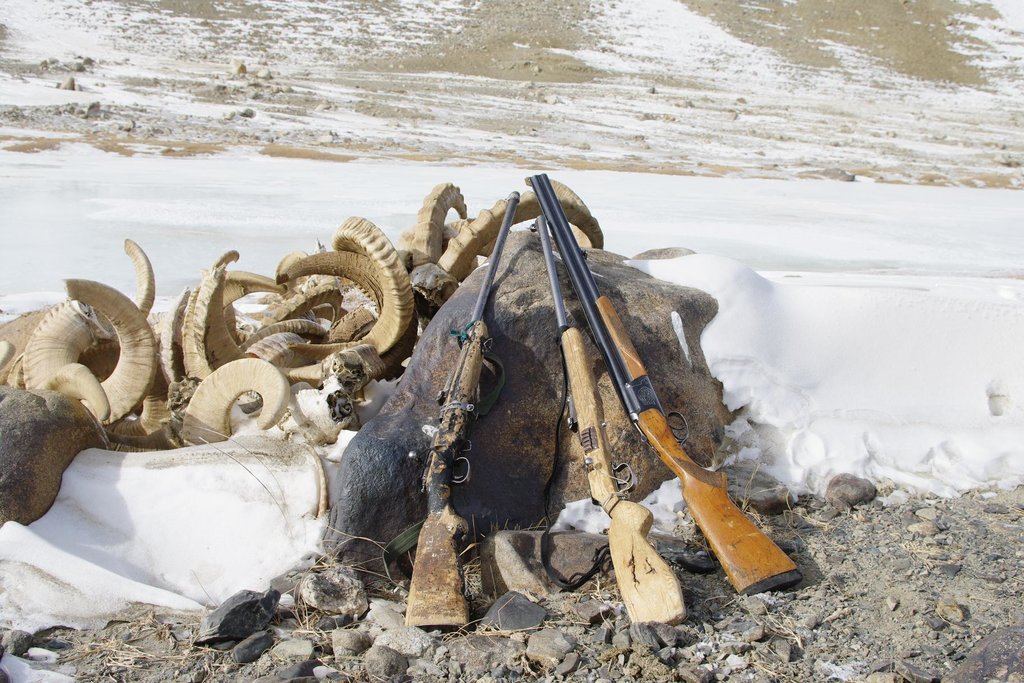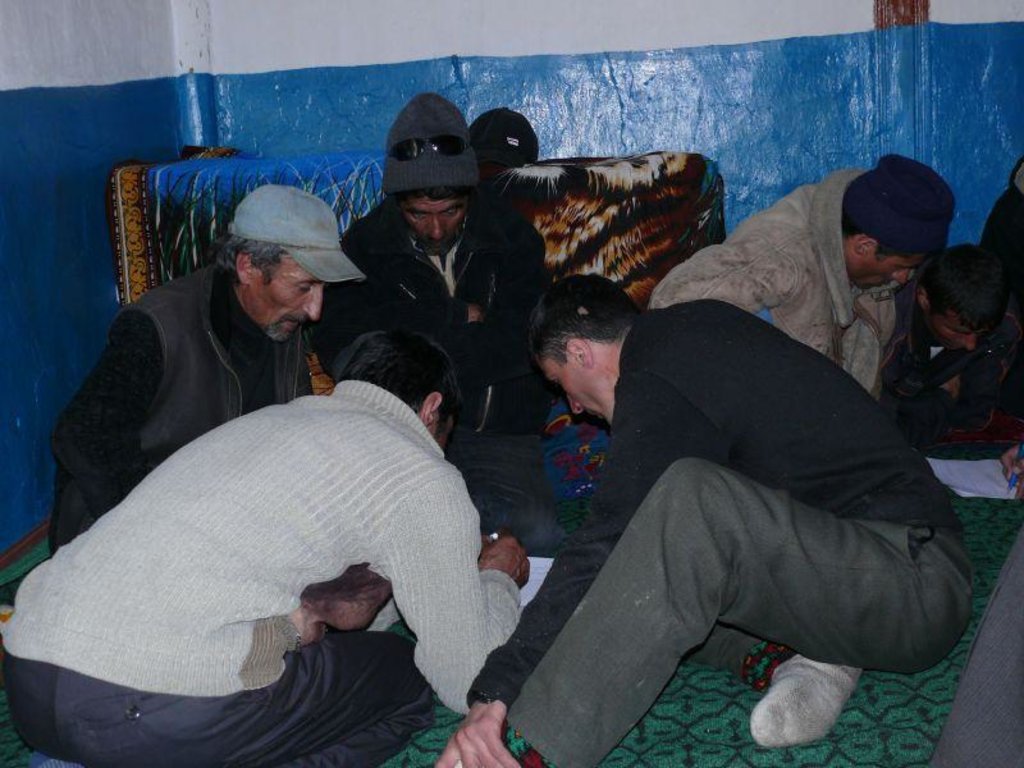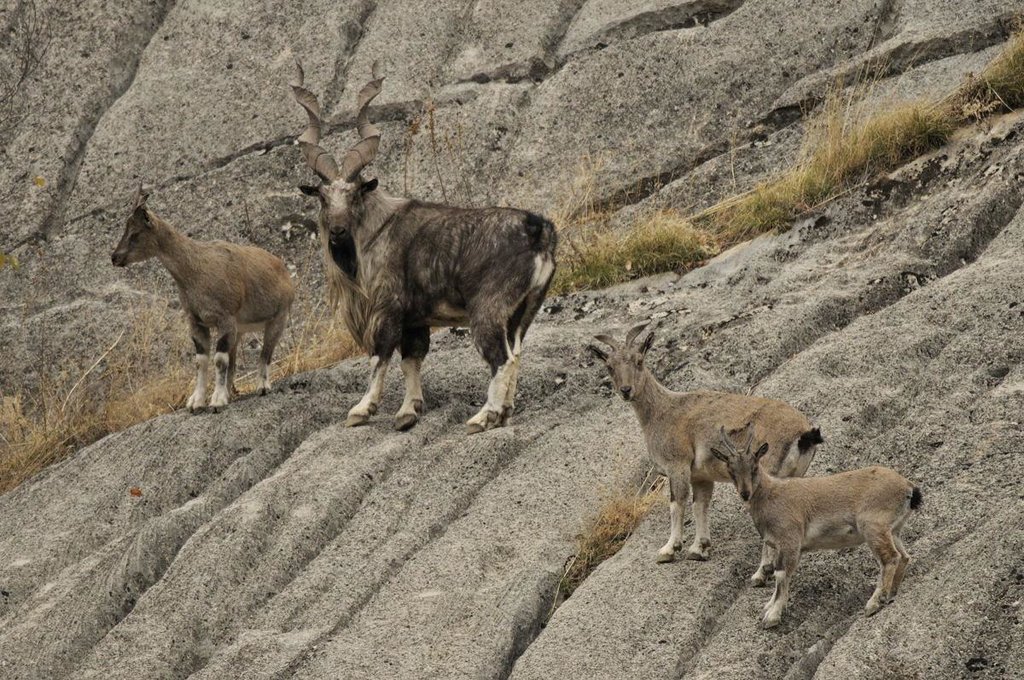Protection and sustainable of mountain ungulates [ຕາຈິກິສະຕານ]
- ການສ້າງ:
- ປັບປູງ:
- ຜູ້ສັງລວມຂໍ້ມູນ: Natalia Mityakova
- ບັນນາທິການ: –
- ຜູ້ທົບທວນຄືນ: David Streiff
approaches_2678 - ຕາຈິກິສະຕານ
ເບິ່ງພາກສ່ວນ
ຂະຫຍາຍທັງໝົດ ຍຸບທັງໝົດ1. ຂໍ້ມູນທົ່ວໄປ
1.2 ລາຍລະອຽດ ການຕິດຕໍ່ ຂອງບຸກຄົນທີ່ຊັບພະຍາກອນ ແລະ ສະຖາບັນ ການມີສ່ວນຮ່ວມ ໃນການປະເມີນຜົນ ແລະ ເອກະສານ ຂອງວິທີທາງ
1.3 ເງື່ອນໄຂ ຂອງການນໍາໃຊ້ເອກກະສານຂໍ້ມູນ ຂອງ WOCAT
ເມື່ອໃດທີ່ໄດ້ສັງລວມຂໍ້ມູນ (ຢູ່ພາກສະໜາມ)?
01/04/2009
ຜູ້ສັງລວມ ແລະ ບັນດາຜູ້ຕອບແບບສອບຖາມ ຍອມຮັບໃນເງື່ອນໄຂ ການນໍາໃຊ້ຂໍ້ມູນເອກະສານ ທີ່ສ້າງຂື້ນ ໂດຍຜ່ານ ອົງການ WOCAT:
ແມ່ນ
2. ພັນລະນາ ແນວທາງການຄຸ້ມຄອງນໍາໃຊ້ດິນແບບຍືນຍົງ
2.1 ການອະທິບາຍ ໂດຍຫຍໍ້ ຂອງວິທີທາງ
The sustainable use of wild mountain ungulates by local peoplefor eco-tourism, hunting tourism and subsistence hunting stimulates the protection of the populations and habitats of these species thus providing an alternative and adapted land-use option contributing to climate resilience trough biodiversity conservation, avoidance of desertification and diversification of land-use.
2.2 ການອະທິບາຍ ລາຍລະອຽດ ຂອງວິທີທາງ
ການອະທິບາຍ ລາຍລະອຽດ ຂອງວິທີທາງ:
Aims / objectives: Protection and sustainable use of wild mountain ungulates (ibex, markhor, argali, urial) in Tajikistan.
Methods: Assignment of hunting grounds to organizations (private or non-commercial, non-governmental) established by local people. Protection of the animal populations against poaching, elaboration and implementation of management plans, population monitoring. Based on monitoring results issuing of permits for use of animals. Use of permitted quota for hunting tourism and subsistence hunting. Additionally eco-tourism (non-consumptive).
Role of stakeholders: Local people, in particular active and former hunters are the main actors. Collaboration witth state agencies in charge of nature protection and hunting and with scientific institutions as well as with touroperators is supported by the project.
Other important information: The approach has in fact been implemented already since the 1990s, without project support. With project assistance it is refined, more focussed on community involvement and sustainability of used wildlife populations.
2.3 ຮູບພາບຂອງແນວທາງ
2.5 ປະເທດ / ເຂດ / ສະຖານທີ່ບ່ອນທີ່ແນວທາງໄດ້ຖືກນໍາໃຊ້
ປະເທດ:
ຕາຈິກິສະຕານ
ພາກພື້ນ / ລັດ / ແຂວງ:
Tajikistan/Khatlon and GBAO
ຂໍ້ມູນເພີ່ມເຕີມຂອງສະຖານທີ່:
Shuroabad, Darvaz, Rushan, Ishkashim, Murghab
ຄວາມຄິດເຫັນ:
The approach is applied in several model areas supported by a German development aid project and in large privately managed game management areas of up to 2,000 km². Model areas of the project are of 20 to 500 km².
2.6 ວັນທີເລີ່ມຕົ້ນ ແລະ ສິ້ນສຸດ ການຈັດຕັ້ງປະຕີບັດ ວິທີທາງ
ສະແດງປີຂອງການເລີ່ມຕົ້ນ:
2008
2.7 ປະເພດຂອງແນວທາງ
- ພາຍໃຕ້ໂຄງການ / ແຜນງານ
2.8 ເປົ້າໝາຍ / ຈຸດປະສົງຫຼັກ ຂອງການຈັດຕັ້ງປະຕິບັດ ວິທີທາງ
The Approach focused mainly on SLM with other activities (wildlife monitoring, involvement of local communities, sustainable hunting, trophy hunting, subsistence hunting, ecological tourism)
Populations of wild mountain ungulates are stable and in the range of the natural carrying capacity. Their sustainble non-consumptive and consumptive use supports local people and local rural development. The benefits from the sustainable use of mountain ungulates stimulates their protection and the protection of habitats, thus avoiding loss of biodiversity and land-degradation.
The SLM Approach addressed the following problems: Extirpation of wild mountain ungulates due to illegal and/or unregulated hunting and degradation of their habitats. This leads not only to loss of biodiversity but as well to the loss of land-use options. Well managed wild animals are less critical in terms of land degradation than livestock grazing.
2.9 ເງື່ອນໄຂອໍານວຍ ຫຼື ຂັດຂວາງການປະຕິບັດຂອງເຕັກໂນໂລຢີ / ເຕັກໂນໂລຢີການນໍາໃຊ້ຕາມແນວທາງ
ສັງຄົມ / ວັດທະນະທໍາ / ມາດຕະຖານ ແລະ ຄຸນຄ່າທາງສາສະໜາ
- ເຊື່ອງຊ້ອນ
Difficulties to collaborate within the communities, tendencies to purchase individual interests seperately.
Treatment through the SLM Approach: Group facilitation. Insisting in large management units, collectively managed.
ມີຄວາມສາມາດ / ເຂັ້າເຖິງຊັບພະຍາກອນດ້ານການເງິນ ແລະ ການບໍລິການ
- ເຊື່ອງຊ້ອນ
Lack of immediate income from wildlife. Expectations of external payment for work as rangers.
Treatment through the SLM Approach: Support with initial investment into needed equipment. Support of eco-tourism and hunting tourism development providing at least initial income.
ການກໍ່ຕັ້ງສະຖາບັນ
- ເຊື່ອງຊ້ອນ
So far no community could become wildlife manager. All initiatives are based on private organizations or NGO.
Treatment through the SLM Approach: Facilitation of linkages between wildlife managing organizsations and community institutions.
ກ່ຽວກັບກົດໝາຍ (ສິດນໍາໃຊ້ດິນ, ສິດນໍາໃຊ້ນໍ້າ)
- ເຊື່ອງຊ້ອນ
Long delay in assigning responsibility and authority for managing hunting grounds to community based organizations. Hesitance to devolve power to local people. Some species cannot yet been legally used due to national and international legal restrictions.
Treatment through the SLM Approach: Facilitation, support to state agencies in charge to develop adequate contracts. Support to improvement of national legal framework. Information of relevant international organizations and foreign decision makers on the impact of existing regulations.
ຄວາມຮູ້ກ່ຽວກັບການຄຸ້ມຄອງ ທີ່ດິນແບບຍືນຍົງ, ການເຂົ້າເຖິງການສະໜັບສະໜູນ ທາງດ້ານວິຊາການ
- ເຊື່ອງຊ້ອນ
Population estimates for mountain ungulates are technically difficult and assumptions necessary to be fulfilled for estimates based on limited samples rarely fulfilled.
Treatment through the SLM Approach: Instead of population estimates index surveys providing minimum numbers are conducted and the methods are refined. The results of these index surveys are used for a careful and conservative suggestion of quota for sustainable use.
3. ການມີສ່ວນຮ່ວມ ແລະ ບົດບາດຂອງພາກສ່ວນທີ່ກ່ຽວຂ້ອງທີ່ໄດ້ມີສ່ວນຮ່ວມ
3.1 ຜູ້ມີສ່ວນຮ່ວມ ໃນວິທີທາງ ແລະ ພາລະບົດບາດ ຂອງເຂົາເຈົ້າ
- ຜູ້ນໍາໃຊ້ດິນໃນທ້ອງຖິ່ນ / ຊຸມຊົນທ້ອງຖິ່ນ
Local users are the main actors in the model areas. They are supported by the project staff
Women are usually not much interested in hunting related issues. But they are intensively involved in tourism related activities.
In the community based NGO participate socially and economically disadvantaged groups. In particular the people living in remote mountain villages with limited income opportunities.
- ອົງການຈັດຕັ້ງ ທີ່ບໍ່ຂື້ນກັບລັດຖະບານ
International NGO gives technical advise
National NGO is project implementer.
- ພາກເອກະຊົນ
Private conservancies and hunting concessions
- ພະນັກງານຂັ້ນສູນກາງ (ຜູ້ວາງແຜນ, ຜູ້ສ້າງນະໂຍບາຍ)
Involvement of experts of relevant agencies. Close cooperation on all issues.
- ອົງການຈັດຕັ້ງ ສາກົນ
Financial support and inclusion in GIZ's regional programme on sustainable use of nature resources in Central Asia.
3.2 ການມີສ່ວນຮ່ວມຂອງຜູ້ນໍາໃຊ້ທີ່ດິນໃນທ້ອງຖິ່ນ / ຊຸມຊົນທ້ອງຖິ່ນໃນໄລຍະທີ່ແຕກຕ່າງກັນຂອງແນວທາງ
| ການລວບລວມ ເອົາຜູ້ນໍາໃຊ້ດິນ ໃນທ້ອງຖິ່ນ / ຊຸມຊົນທ້ອງຖິ່ນ | ໃຫ້ລະບຸ ຜູ້ໃດທີ່ມີສ່ວນຮ່ວມ ໃນແຕ່ລະກິດຈະກໍາ? | |
|---|---|---|
| ການເລີ່ມຕົ້ນ / ແຮງຈູງໃຈ | ການນໍາໃໍຊ້ເອງ | |
| ການວາງແຜນ | ການຊ່ວຍເຫຼືອຈາກພາຍນອກ | |
| ການປະຕິບັດ | ການຮ່ວມມື | |
| ຕິດຕາມກວດກາ / ການປະເມີນຜົນ | ການຊ່ວຍເຫຼືອຈາກພາຍນອກ | |
| Research | ການຮ່ວມມື |
3.4 ການຕັດສິນໃຈກ່ຽວກັບການຄັດເລືອກເຕັກໂນໂລຢີຂອງການຄຸ້ມຄອງທີ່ດິນແບບຍືນຍົງ / ເຕັກໂນໂລຢີ
ລະບຸ ຄົນທີ່ຕັດສິນໃຈ ກ່ຽວກັບການຄັດເລືອກຂອງ ເຕັກໂນໂລຢີ / ເຕັກໂນໂລຢີ ຈະໄດ້ຮັບການປະຕິບັດ:
- ຜູ້ນໍາໃຊ້ທີ່ດິນຫຼັກ, ການສະໜັບສະໜູນ ໂດຍຜູ້ຊ່ຽວຊານ ການນໍາໃຊ້ທີ່ດິນແບບຍືນຍົງ
ອະທິບາຍ:
Decisions were made in the frame of the project in workshops of interested community members involved in use of wildlife. Facilitation by the project's experts.
Decisions on the method of implementing the SLM Technology were made by mainly by land users supported by SLM specialists. All work is discussed in the local groups with support by the project's experts.
ຂໍ້ມູນການເຊື່ອມຕໍ່ ແລະ ເນື້ອໃນ
ຂະຫຍາຍທັງໝົດ ຍຸບທັງໝົດການເຊື່ອມຕໍ່
ບໍ່ມີຂໍ້ມູນການເຊື່ອມຕໍ່
ເນື້ອໃນ
ບໍ່ມີເນື້ອໃນ


